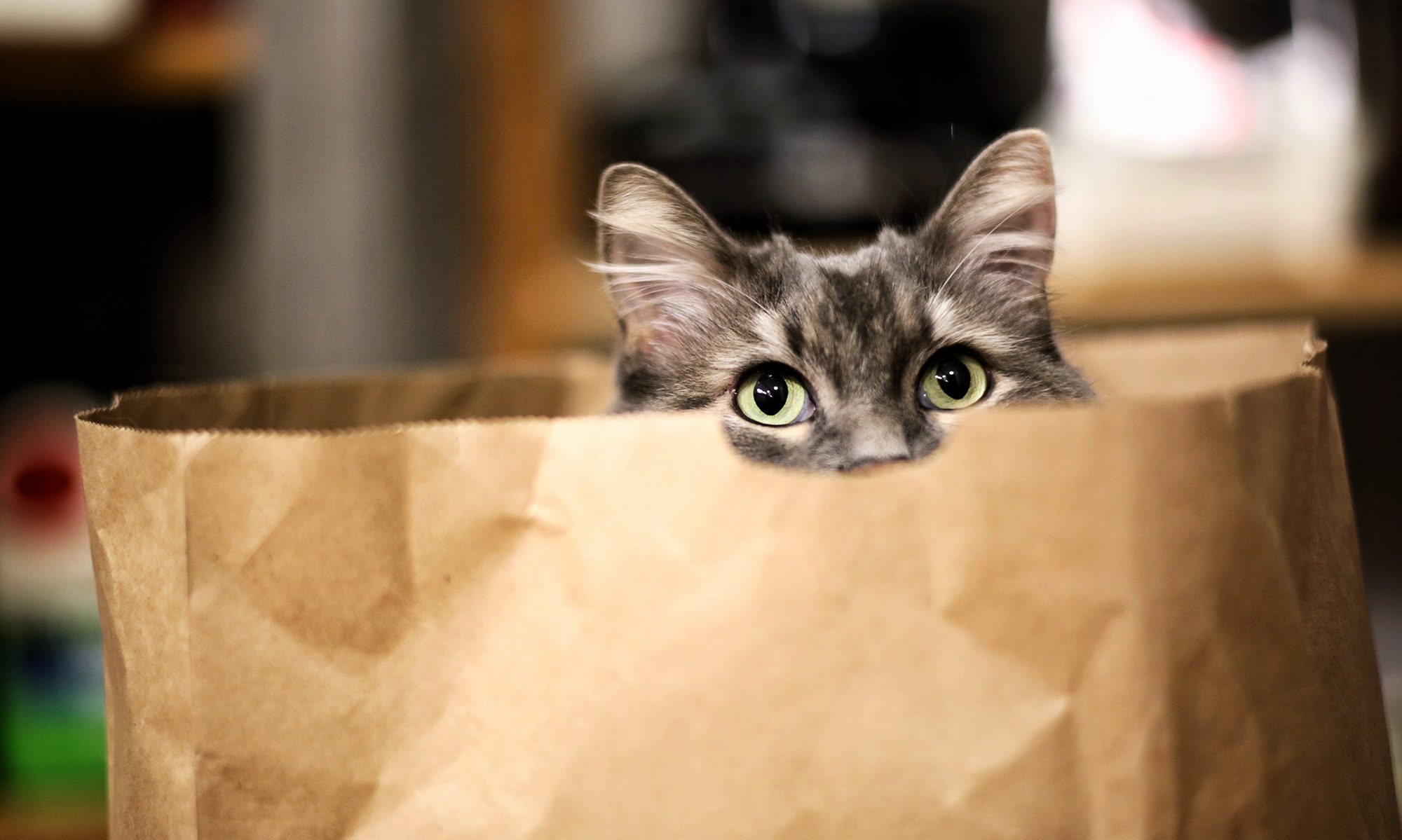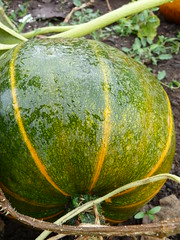I stopped feeding nutritional yeast a while back, because I was feeding quite a bit of canned food and quite a bit of liver. However, given that liver contains a higher phosphorus-to-B-vitamin ratio, and given the fact that I’m feeding my cats canned food maybe once every ten days now, I’m feeding about twice the nutritional yeast than I normally would, i.e., almost two teaspoons per cat per day.
Several reasons why I’m doing this:
1. Eric’s peeing a whole lot, which means he’s losing a lot of water-soluble vitamins, like B vitamins. Nutritional yeast contains a LOT of B vitamins. Here’s a some relevant information (lifted from Bulkfoods.com); quantities are per heaping tablespoonful, which is close to what I feed total for both cats every day:
Thiamin (B1): 9.6 mg
Riboflavin (B2): 9.6 mg
Niacin: 56 mg
Vitamin B6: 9.6 mg
Folic Acid: 240 mcg
Vitamin B12: 8 mcg
Biotin: 20.8 mcg
Pantothenic Acid: 1.04 mg
Phosphorus: 174.4 mg
Calcium: 11.2 mg
I initially wanted to find a meat-based food source of B vitamins, and what popped to mind immediate was chicken liver. But chicken liver can’t even come close. Here’s the B-vitamin profile for two ounces of liver (approximate 7 grams)—again, I’m approximating how much I’d feed to both cats per day:
Calcium: 5 mg
Phosphorus: 169 mg
Thiamin: 0.174 mg
Riboflavin: 1.013 mg
Niacin: 5.545 mg
Pantothenic acid: 3.553 mg
Vitamin B-6: 0.486 mg
Folate, total: 335 mcg
Folic acid: 0 mcg
Folate, food: 335 mcg
Choline, total: 110.8 mg
Vitamin B-12: 9.45 mcg
So about the same amount of phosphorus between the nutritional yeast and the liver, but except for B-12, folate and pantothenic acid, the nutritional yeast gives more B-complex bang for the buck (and it’s a pretty close match for the B-12). The USDA National Nutrient Database doesn’t give the value for biotin in liver, so I don’t know how that compares in chicken liver vs. nutritional yeast, but I’m feeding egg yolks on a regular basis, so I know the cats are getting plenty of biotin no matter what.
2. Wow. That was a really long point. This second one is much shorter, I promise, and it boils down to this: Both cats really love the taste, but Eric loves it. And I mean, he really, really loves it. More than a fat kid loves cake. And given his depressed appetite, I’m perfectly happy to indulge him in this for as long as he’s around, and as long as it keeps him happy and eating.
3. Again, because of the increased peeing, Eric’s losing more potassium than he should. A heaping tablespoonful of yeast contains 320 mg of potassium and 5.2 mg of sodium. (Chicken liver is pretty good, too, but not quite as good; two ounces contains 131 mg of potassium and 40 mg of sodium.) That’s pretty much perfect: lots of potassium to make up for what he’s losing, and relatively little salt, because cats with chronic kidney disease often have difficulty eliminating sodium, which can sometimes result in high blood pressure.
4. Eric’s phosphorus and calcium levels are normal. I wouldn’t feed this to a cat with elevated phosphorus, or at least, I wouldn’t feed it without a phosphorus binder. I’d go with a B-complex vitamin supplement instead. But I want to keep his nutritional supplementation as food-based as possible for now. Note that this choice is a decision based more on philosophy than science, driven largely by my opinion that food will provide better nutrition than, well, bare, isolated nutrients.
To feed, or not to feed? That is the question.
Whether ’tis nobler to suffer the slings and arrows of yeasty misfortune… OK. Right. Sorry about that. At any rate, I’ve heard people express concern about feeding nutritional yeast as a dietary staple, but I have yet to read an explanation that makes sense to me. It’s definitely high in phosphorus, but you can compensate for that in a home-made diet by ensuring you’re providing enough calcium. There’s some talk about how it’s a cheap by-product of beer brewing, but that’s brewer’s yeast. From what I understand, they’re the same species (Saccharomyces cerevisiae), but nutritional yeast is grown and killed solely as a nutritional supplement and isn’t used for brewing first. (I’ve read conflicting information on this, and will be more than happy to be corrected.)
I’ve read other people expressing concerns about it “fermenting” in the stomach (Feline Future used to claim this, but seems to have backed off since then), which: what? First of all, it’s completely deactivated, which means it’s dead—it can’t reproduce and actually, y’know, ferment. Now, if we’re talking about live yeast, like baker’s yeast or active brewer’s yeast, that would be a different matter entirely; I knew somebody whose dog stole and ate two batches of raw bread dough (labradors, man) and had to be taken to the ER because the bread started expanding in his stomach. So if there’s going to be any fermentation, that means microorganisms acting on the dead yeast as a substrate.
Now, nutritional yeast is pretty high-protein (about 50% of it consists of protein dry weight), and over half of its carbohydrate content is fiber. Protein, as far as I know, generally isn’t fermented; most fermentation tends to happen with carbohydrates. But the amount of digestible carbohydrate in nutritional yeast is pretty marginal (3.3 g per heaping tablespoon) and the fiber may or may not be fermentable. If the fiber is fermentable, it’ll probably be fermented by bacteria in the colon, not in the stomach because feline stomachs are relatively sterile environments. But fermentation in the colon isn’t necessarily a bad thing—in fact, depending on the degree of fermentability, it could actually be a good thing. (Note to self: find out whether the fiber in nutritional yeast is soluble/insoluble, fermentable/non-fermentable).
However, if somebody has heard any sort of warning about nutritional yeast that’s backed up by something that makes scientific sense, I’m all ears. For now, my Google-fu hasn’t really turned up anything I need to watch out for.


